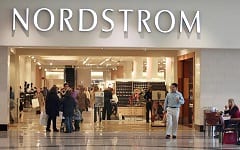
A survey of over 5,700 consumers found that Nordstrom ranked first among retailers in customer satisfaction. It specifically ranked highest scores for atmosphere, checkout speed and finding the correct size/product the customer was looking for. One in five customers surveyed indicated they were dissatisfied in general with their fashion retail experience across all retailers. 40% of these customers indicated that the sales experience was very important to them, and that less than half of them were approached by a sales associate, which was key to their satisfaction. Nordstrom’s sales associates assisted customers the most and received the highest satisfaction scores.
Coming in behind Nordstrom were Marshalls, H&M, Ross, Kohl’s and Macy’s.
With merchandise selection and ease of finding items and size selection the top of customers’ needs, retailers and vendors recognize the importance of partnering to share point of sale and inventory data in order to optimize store assortments. Many vendors, such as Brahmin Leather, Anastasia Beaute and The Sak, utilize Accelerated Analytics to monitor and act on inventory levels and customer buying patterns in Nordstrom and other retailers to maximize their effectiveness in this area.
Source: Chain Store Age
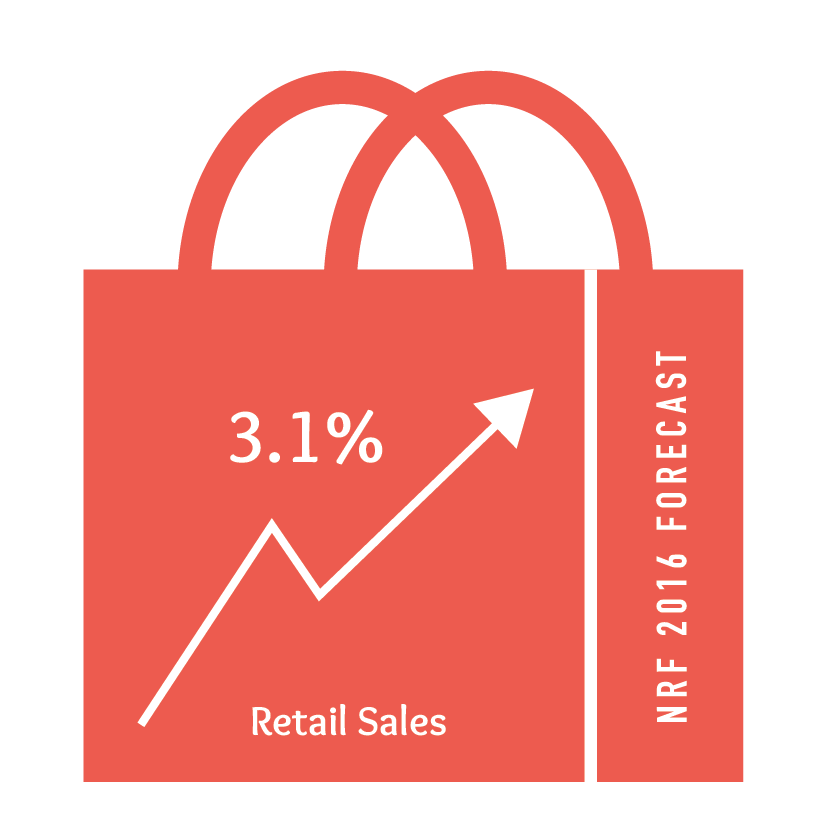
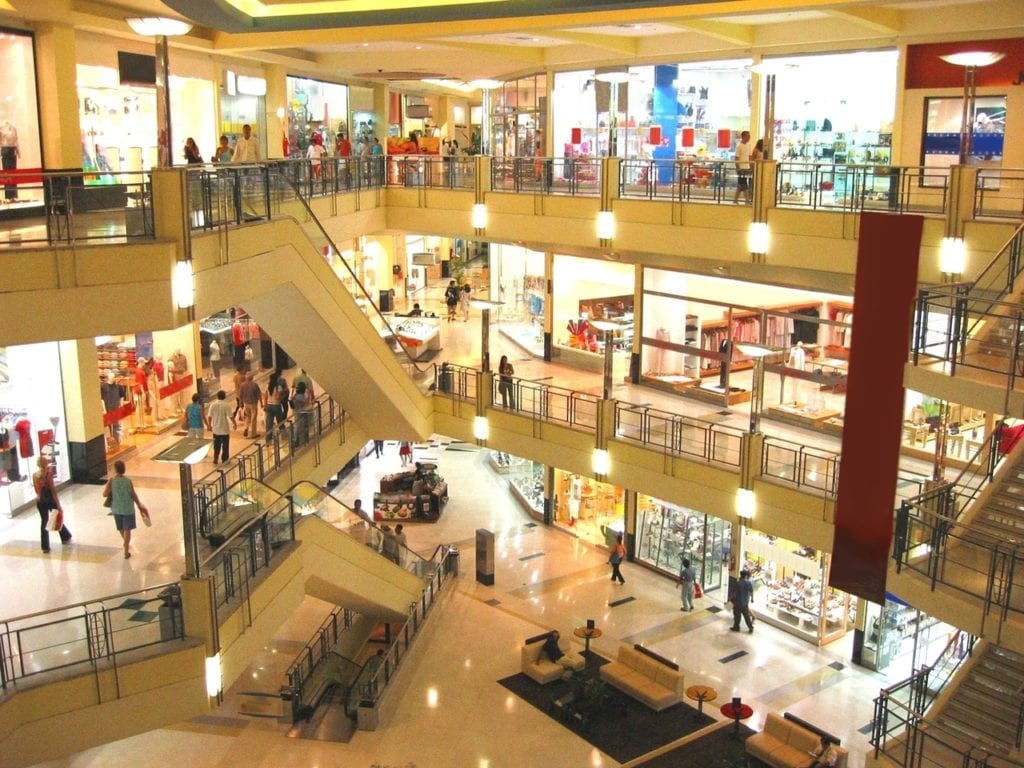
 “One of the big differences between this and last time is obviously this time we have the unanimous approval and support of the board of directors of Rona as well as the management team” said Robert A. Niblock, Lowe’s chairman, president and chief executive. “We’re in a much better place than we were in 2012.”
“One of the big differences between this and last time is obviously this time we have the unanimous approval and support of the board of directors of Rona as well as the management team” said Robert A. Niblock, Lowe’s chairman, president and chief executive. “We’re in a much better place than we were in 2012.”  Retail veterans Ronny Shmoel and Albert Liniado are bringing back Circuit City, once the number one big-box tech chain in the marketplace before filing for bankruptcy in 2008. Their ambitious plan includes retail outlets, web sales, branded and private-label products, licensed kiosks, mobile shops and franchise opportunities, all under the iconic red and white banner. The first store is expected to open in June, most likely in the Dallas market, and the relaunch of circuitycity.com is expected to happen at approximately the same time.
Retail veterans Ronny Shmoel and Albert Liniado are bringing back Circuit City, once the number one big-box tech chain in the marketplace before filing for bankruptcy in 2008. Their ambitious plan includes retail outlets, web sales, branded and private-label products, licensed kiosks, mobile shops and franchise opportunities, all under the iconic red and white banner. The first store is expected to open in June, most likely in the Dallas market, and the relaunch of circuitycity.com is expected to happen at approximately the same time.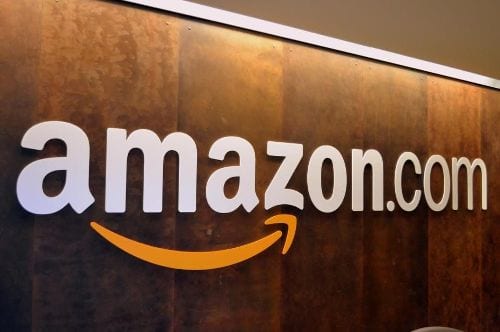 That’s despite successes that were in stark contrast to their competitors. Amazon posted record profit last quarter and double-digit sales growth over the previous year. Prime memberships grew by 51% last year and according to a Consumer Intelligence Research Partners study, just under half of all U.S. households subscribe to prime.
That’s despite successes that were in stark contrast to their competitors. Amazon posted record profit last quarter and double-digit sales growth over the previous year. Prime memberships grew by 51% last year and according to a Consumer Intelligence Research Partners study, just under half of all U.S. households subscribe to prime. In its report series “Taking Stock of CPG Past and Future: Gear Up Now for a Year of Growth“, IRI reflects on the lessons learned in 2015 and provides insight into several key trends that will drive growth in 2016.
In its report series “Taking Stock of CPG Past and Future: Gear Up Now for a Year of Growth“, IRI reflects on the lessons learned in 2015 and provides insight into several key trends that will drive growth in 2016.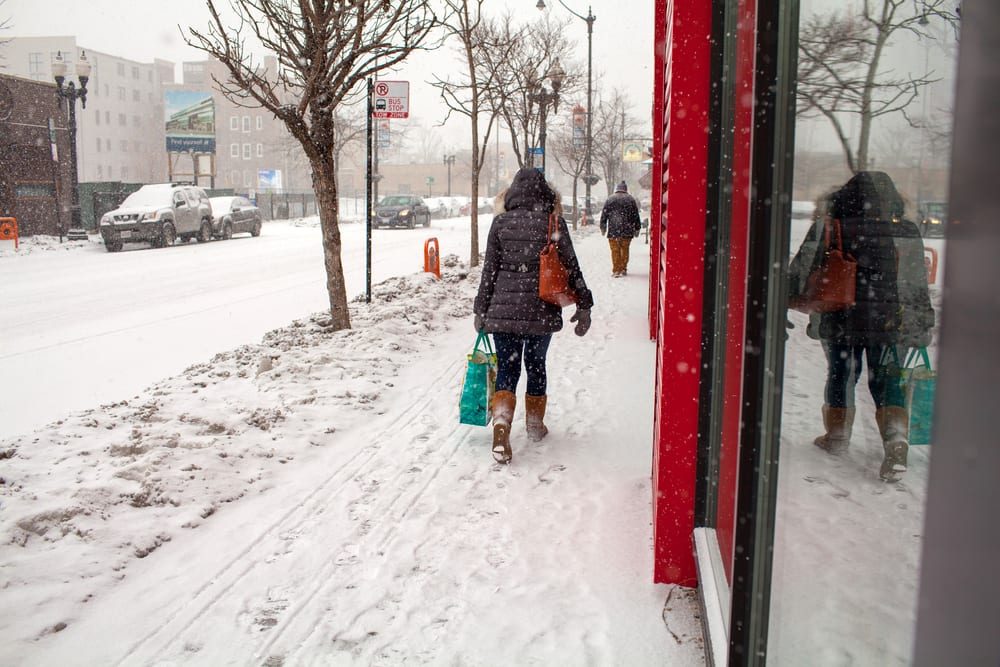 The first winter storm of 2016 slammed the Northeast and Mid Atlantic last Friday and Saturday leaving much of the area paralyzed. Despite warmer temperatures early this week, many areas are still recovering and some schools and businesses remain closed as local governments and residents dig out from up to 2 ½ feet of snow and ice.
The first winter storm of 2016 slammed the Northeast and Mid Atlantic last Friday and Saturday leaving much of the area paralyzed. Despite warmer temperatures early this week, many areas are still recovering and some schools and businesses remain closed as local governments and residents dig out from up to 2 ½ feet of snow and ice.